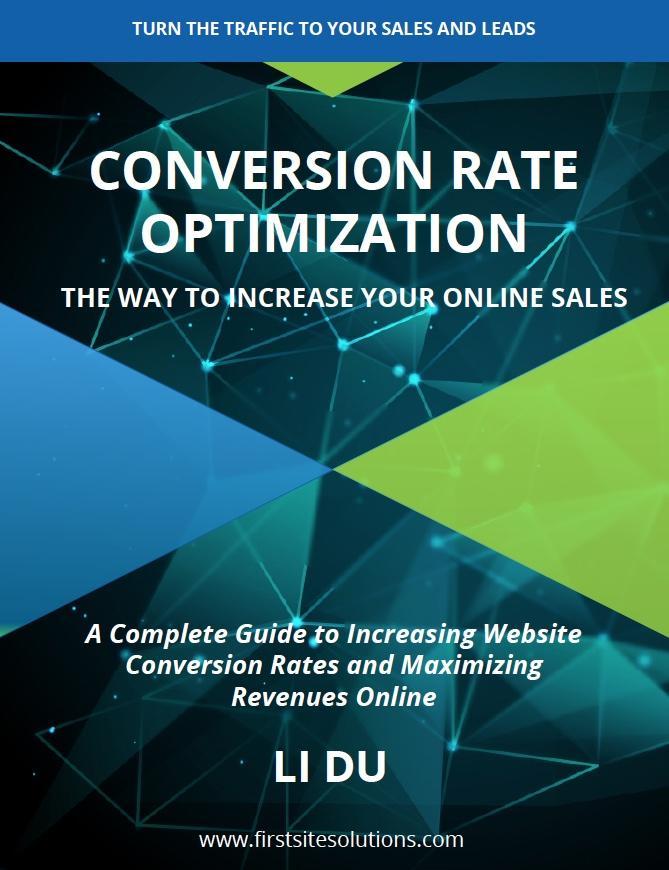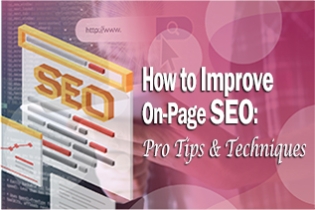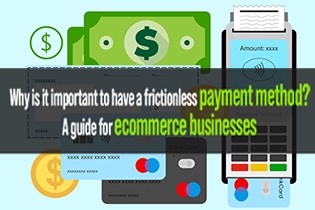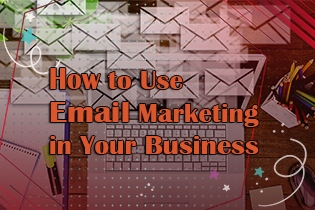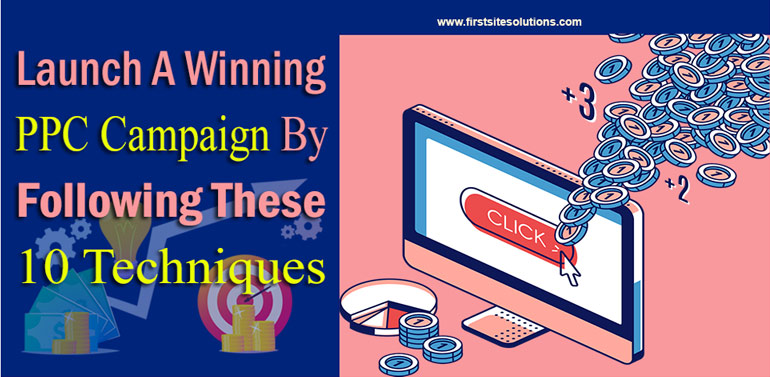
According to Google, businesses earn $2 of sales for every dollar invested in Google advertisements. But hold your horses.
Such a return on investment is only possible if your PPC campaign is rock solid.
A winning PPC campaign is aimed at getting you more traffic, more revenue, and definitely more brand exposure.
If you are into organic search marketing, there‘s no reason to leave this space void. Let’s learn how to design a pay per click campaign.
Strategize, build, deploy…
Do you want to execute an end to end PPC campaign? It is as simple as it sounds. Let’s get you started with some actionable techniques.
1. Know where you’re headed
How could your pay-per-click campaign flourish without a predefined objective? For your PPC campaign to win, have a clear objective in mind. But how to land on a goal?
Decide what your business needs at the moment. Are you looking for expansion, big bucks, or just some engagement? If you’re confused about this goal-setting stage, go back to your marketing strategy, and integrate.
Let’s assume you want big bucks, and you want them now; your goal is to convert communications into sales. There’s no way you could’ve achieved this objective without thinking it through.
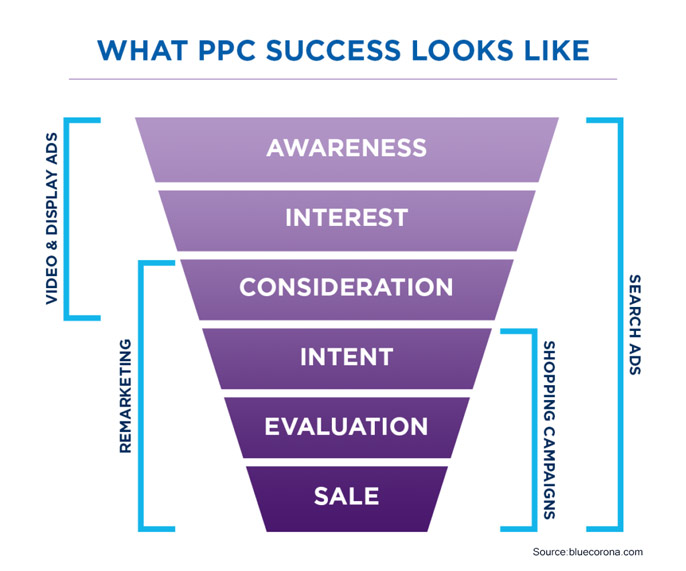
2. Show me your money
A winning pay-per-click campaign is a commercial venture, after all. You may start with free trials, but eventually, you’ll have to get on with bidding. For that, you need to budget your expenses before you drain out all you have.
It is better to keep this budget separate from the budget of your organic searches. Bid aggressively if need be. Otherwise, try not to spend reactively.
Like any other business, define a breakeven point. When will your marketing efforts pay off? Will they pay off at all? How long will you have to wait? How would your cash cycle function? Is it even worth it?
If you are not breaking even before going bankrupt, rethink your whole pay-per-click campaign. Positive returns are your aim, but you should also have a timeline in mind.
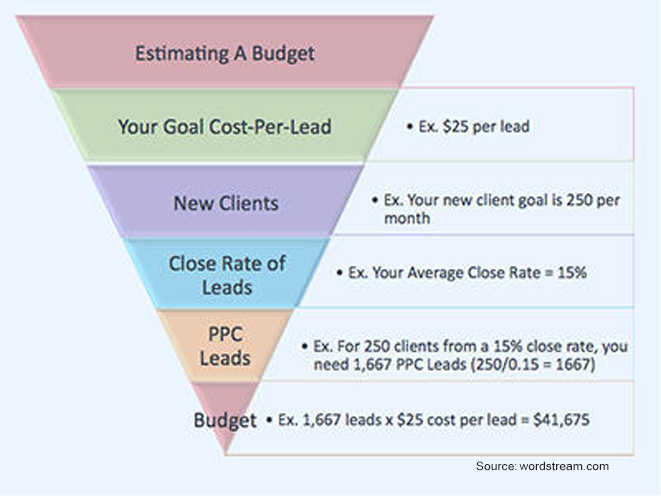
3. Look around and take notes
To win, you must know who your PPC campaign should beat. Analyze what your competitors are up to, what’s working out for them, and what’s not, and finally, what your PPC campaign must have to stay ahead.
If you are a newbie at all this, an audience overlapping tool is your best friend. See which other sites are competing for your audience. For a more granular analysis, identify top paid and unpaid keywords these competitors are ranked for.
So far, so good? Now that you’ve done your homework look for features that can help your PPC campaign win a better ranking. For a start, the Google Target Outranking Share feature is good enough to get your PPC campaign on top.
4. Hunt for winning keywords
How many times in a day do you find yourself frantically typing into a search box? Just like that, all paid and unpaid searches begin with typed words. Research what your audience is actually looking for. According to research, 33% searchers click a paid ad if it actually offers them a solution.
After you have few winning keywords in hand, brainstorm on which ones you can use to describe your product features. It’s good to have a combination of generic and specific terms. For example, a customized gifting website would use phrases like ‘customized gifts’ and ‘customized gifts for her.’
With a rough idea in mind, turn to a Keyword Difficulty Tool to find out more related keywords. If you have filterable search results, break them down date wise and type wise. The output is a verbatim list of keywords your audiences love to type!
5. Set up the account structure
Let’s get on with the execution bit now. To run a pay-per-click campaign, you need to structure your account in campaigns and ad group levels. Ad groups go within the campaign and have keywords defined.
Since your campaign is broad, the ad group level is aimed to segment keywords. For example, if your campaign is about ‘shirts for women,’ the ad groups will be segmented like ‘sweatshirts for women’ and ‘formal shirts for women.’ These are the bid terms that will help your audience navigate.
The only thing you set up a campaign at a broader level is your PPC campaign’s budget. Everything else is defined under the ad group level.
6. Compose ad text
Under your ad group level, you must clearly describe your ads. This is crucial to increase click-through rate and quality score. A random searcher will never click on your ad until you convince him/her.
Be sure to right impressive ad texts. Keep yourself in the searcher’s shoes but don’t disregard the search engine policies in the process. The last thing that you want is to get your ad text removed.
Remember the keywords we drafted earlier? Use them once in the ad text headline and body. Include action terms, so the searchers know what happens if he/she clicks. No surprises, please.
7. Optimize your landing page
Okay, so now the searcher has clicked your ad. Now what? Take them to a well-planned landing page. Make sure this landing page is what your ad promised it to be. Otherwise, it’s a major turn off.
Please don’t send every searcher to a general homepage. It might be beautiful, but it’s of no use to the searcher. It might just shy away from a few target customers.
Keep the conversion rate high. Otherwise, your ad will go into a vicious cycle. It will pop up less in searches, and it will be less clicked for which it will show up even lesser in searches—such a sad position to be in.
8. Cut out the negativity
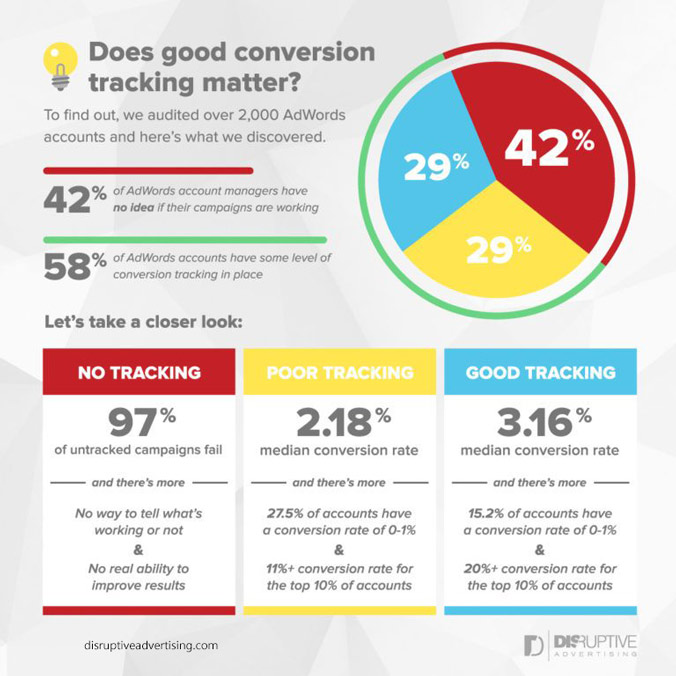
Executed your first ever pay-per-click campaign?
Don’t celebrate too soon. (Yeah, we know it could be a bummer.)
For your ads to win, continuously monitor and revise.
Identify the keywords that are not doing so well. By not doing so well, you can assume keywords that are showing up in searches but not being clicked. Tag those as negative keywords.
What’s the idea behind this? This is to ensure that your ad doesn’t show up when that keyword is searched. You would instead want your campaign to be known for better-performing keywords.
9. Get the most out of it
Your pay per click campaign wins only when you get substantial returns out of it. The winning element also depends on the investment you made and the goal that you had set. Calculate how many clicks you are getting per every unit invested.
To get the highest ROI, reallocate your budget again and again. What you are essentially doing here is pulling out money from non-performers and handing them out to star performers. There are also other ways to milk more cash.
All you have to is to understand the intent of the researcher and offer a compelling experience. There is no benchmark rate of return. It depends on the context of the ad level under consideration.
10. Look back and reflect
If you feel you don’t have enough time to make reports on your pay-per-click campaign, simply employ a reporting tool. It will measure your successes and failures and provide a dashboard.
This brings us to another question. What will these reports be about? These will provide an overview of campaign wise performance. Now you know where your next line of action and tactical activities plan comes from.
When is a good time to generate these reports? Ideally, use these reports to find out the month on month changes, seasonal patterns, and conversion trends. Get insights and plough them back into your consequent actions.
Final word
All in all, pay-per-click campaigns work on these foundational techniques. Instead of getting swept with emotions, keep reminding yourself of the overall strategy. Testing and modifying is key.
With all of these techniques checked, your pockets about to overflow. Try all sorts of tools available online. Keep practicing these techniques to build muscle memory. Don’t forget to keep watching your finances.
There you have it. A winning pay-per-click campaign is in place. Happy campaigning!


